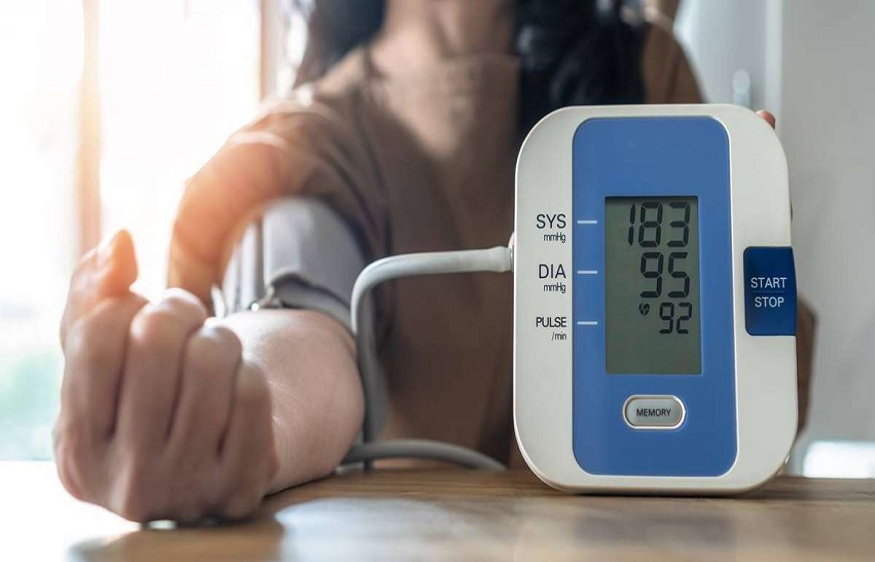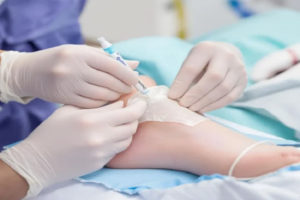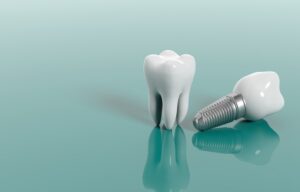High blood pressure: also a (dangerous) women’s issue
We know that high blood pressure is a terrible condition, often silent and partly preventable. What is less well known is that while women are relatively spared from it before menopause, they become particularly at risk afterwards, without always benefiting from adequate treatment.
The figures* are clear: between the ages of 35 and 44, only 2.8% of women suffer from high blood pressure, but these figures rise to 57.2% over the age of 75, compared to 6.3% and 55.8% for men respectively. These differences can be explained by a multitude of factors, “in particular the hormonal protection of the estrogen-progesterone couple which, until menopause, preserves the cardiovascular system of women as well as a set of processes involved in regulating blood pressure”, summarizes Dr. Sophie Hügli, head of clinic at the Nephrology and Hypertension Department of the Geneva University Hospitals (HUG) and author of an analysis on the subject published in the Revue médicale suisse (RMS)**.
How was your pregnancy?
High blood pressure occurring during pregnancy – even if it fades in the months that follow –, preeclampsia (hypertension associated with damage to the kidneys or other organs), a premature baby or a baby with a lower than normal weight: all “red flags” that should have their place in a woman’s medical monitoring throughout her life. And for good reason, they are factors that promote the onset of high blood pressure ten, twenty or thirty years later, and increase cardiovascular risk. “Because of the hormonal and physiological upheavals that it involves, pregnancy has multiple impacts on the body in real time, but also for the rest of life, recalls Dr. Sophie Hügli, head of clinic at the HUG Nephrology and Hypertension Department. In the presence of these “red flags”, vigilance is therefore essential, for example through an annual blood pressure check and effective prevention.”
Note that, as with men, age itself tends to become an enemy of the arteries. Stiffening over the years, they struggle to adapt to the impetuous influx of blood emanating from the heart. Result: blood pressure values rise insidiously.[ 1 ] If left untreated, high blood pressure damages the health of organs, particularly the heart, brain, kidneys and eyes. Like age, lifestyle and family predispositions play a role in the equation, potentially reducing the risk of high blood pressure or, conversely, making it worse. The key levers: prevention and appropriate management.
And this is where the problem often lies, particularly in women approaching menopause and even more so after. “High blood pressure, like cardiovascular diseases such as myocardial infarction, remains associated with male pathologies. However, after menopause, women become just as, if not more, at risk of such pathologies. The problem: high blood pressure in women is not only minimized, it is also less well managed,” warns Dr. Hügli.
Specific risk factors
The cause? First of all, specificities, as determining as they are poorly understood. “We know, for example, that there are risk factors specific to women: certain elements inherent to pregnancy ( see box ), but also to hormonal, physiological and psychological upheavals occurring during menopause,” emphasizes Professor Antoinette Pechère-Bertschi, associate physician, head of the HUG Hypertension Center and co-author of the article published in the RMS. She adds: “The collapse of estrogen and progesterone has an impact on the health of the arteries, but also on metabolism. For example, more fat cells are stored in the belly, and we know that this abdominal fat is particularly harmful to the cardiovascular system. Furthermore, the turn of fifty can go hand in hand, for many women, with excess stress and anxiety linked to new stages of life ( see box ). All of these factors contribute to increasing the risk of cardiovascular disease and high blood pressure.”
Although diagnosing high blood pressure is relatively easy, it remains insufficient. In Switzerland, the RMS article notes, “27% of men and 31% of women with high blood pressure are not diagnosed.” Before adding: “Some studies also report more resistant high blood pressure in women after the age of 49.”
This is where the second problem begins: the treatments themselves. “A wide range of medications can be used to treat high blood pressure, but these treatments come up against two obstacles in women,” says Professor Pechère-Bertschi. “The first is linked to the fact that they do not metabolize medications in the same way as men. In particular, differences in gastric pH, liver or kidney activity are at play. All of these parameters can lead to increased side effects or overdose problems.” However, and this is the second obstacle, “we are seriously lacking in data to better understand and treat female hypertension because women are still clearly underrepresented in clinical studies today,” emphasizes Dr. Hügli. The reasons are historical, numerous and complex, and result in participation rates barely exceeding 30%… A figure that is struggling to change despite very real negative consequences.”
And Professor Pechère-Bertschi concludes: “High blood pressure is a dramatic scourge, but it is partly avoidable if it is treated adequately. Better care for women who suffer from it is a major challenge that requires profound changes, from screening to medical research, which still excludes them far too much.”













Post Comment
You must be logged in to post a comment.